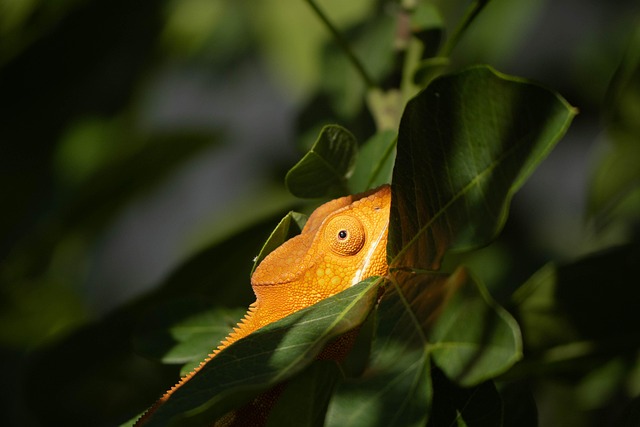
The Role of Wildlife Rehabilitators
Wildlife rehabilitators play a crucial role in the conservation of our planet's diverse species. These dedicated individuals and organizations work tirelessly to care for injured, sick, or orphaned wild animals, ensuring that they can return to their natural habitats. If you’ve ever wondered what goes into this noble profession, let’s dive into the world of wildlife rehabilitation!
What Do Wildlife Rehabilitators Do?
Wildlife rehabilitators are responsible for the rescue, rehabilitation, and release of wildlife. Their work includes:
- Assessment: Evaluating the condition of injured or ill animals to determine the best course of action.
- Medical Care: Providing necessary medical treatment, which can include anything from basic first aid to complex surgeries.
- Rehabilitation: Offering a safe environment where animals can recover, learn to hunt or forage, and regain their strength.
- Release: Once an animal is healthy, rehabilitators will carefully plan its release back into the wild, ensuring it has the best chance of survival.
It’s a demanding job that requires a deep understanding of animal behavior, biology, and ecology. Plus, it often involves long hours and a lot of hands-on work. 🦉
How to Become a Wildlife Rehabilitator
If you’re passionate about animals and conservation, becoming a wildlife rehabilitator might be the perfect path for you. Here’s a quick guide on how to get started:
- Education: While formal education isn’t always required, many rehabilitators benefit from coursework in biology, veterinary medicine, or environmental science.
- Training: Hands-on experience is essential. Volunteering at wildlife rehabilitation centers or animal shelters can provide valuable skills.
- Licensing: Most states require wildlife rehabilitators to have a license or permit. Check your local regulations to understand the requirements.
- Networking: Joining professional organizations, such as the National Wildlife Rehabilitators Association (NWRA), can help you connect with experienced rehabilitators and access resources.
With dedication and the right training, you can make a significant impact in the lives of countless animals. 🌍
The Importance of Wildlife Rehabilitation
Wildlife rehabilitation is not just about saving individual animals; it’s about preserving ecosystems and biodiversity. Here’s why it matters:
- Conservation: By rehabilitating injured wildlife, rehabilitators contribute to the conservation of species that may be endangered or threatened.
- Education: Many wildlife rehabilitators engage in public education, helping communities understand the importance of wildlife and how to coexist with them.
- Research: Rehabilitators often gather valuable data on wildlife health and behavior, which can inform conservation efforts and policies.
In a world where human activity increasingly impacts wildlife, the work of rehabilitators is more critical than ever. They are the unsung heroes, often working behind the scenes to ensure that our natural world remains vibrant and diverse.
Getting Involved
Want to help? There are many ways to get involved with wildlife rehabilitation, even if you’re not a rehabilitator yourself:
- Volunteer: Many rehabilitation centers rely on volunteers for various tasks, from animal care to administrative work.
- Donate: Financial support helps rehabilitators cover medical costs, food, and supplies for the animals in their care.
- Spread Awareness: Educate your friends and family about the importance of wildlife conservation and how they can help.
Whether it’s through volunteering, donating, or simply spreading the word, everyone can play a part in supporting wildlife rehabilitation efforts.
Final Thoughts
Wildlife rehabilitators are essential to the health of our ecosystems. Their commitment to caring for injured and orphaned animals ensures that wildlife populations can thrive. If you’ve ever thought about making a difference, consider stepping into the world of wildlife rehabilitation. You might just find your calling! 🐾
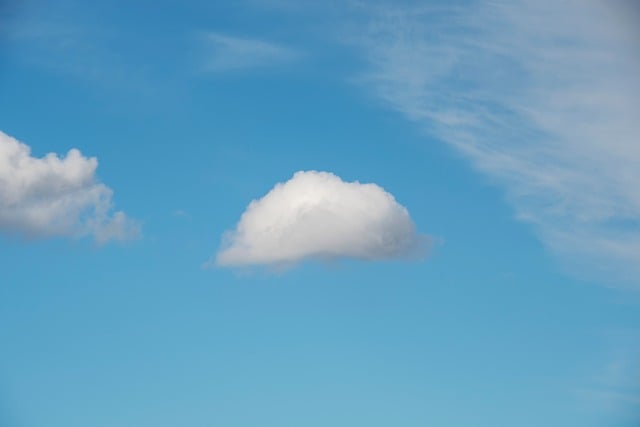
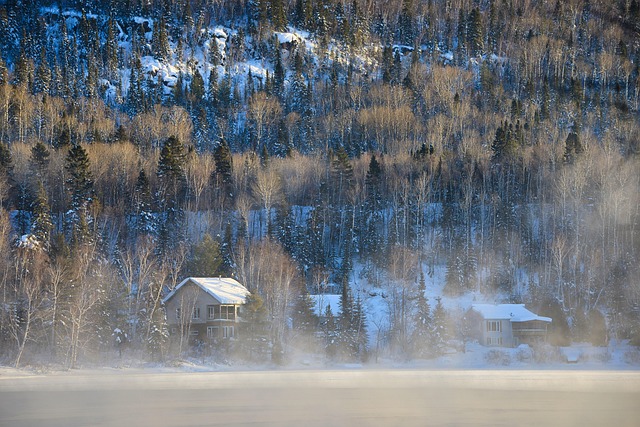


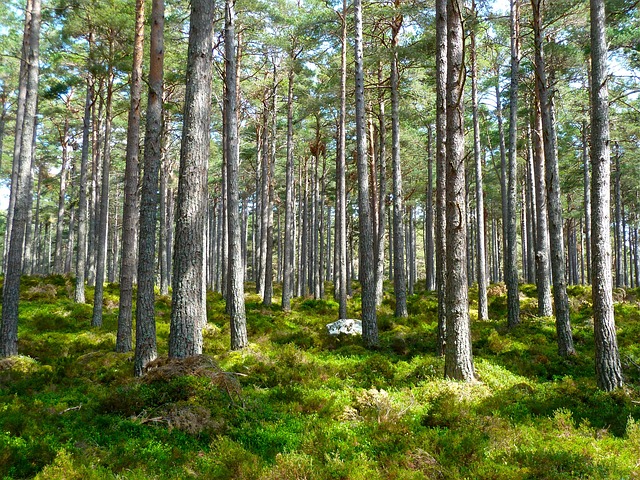
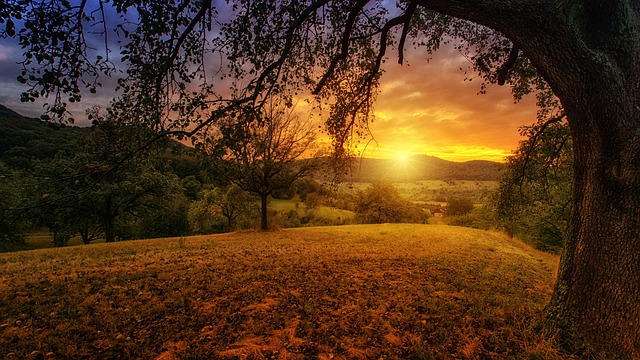

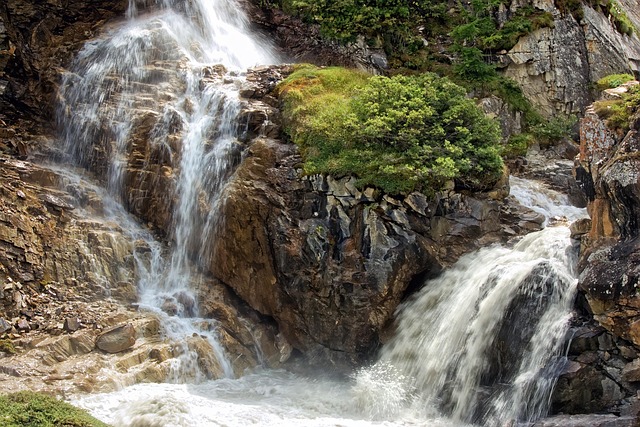
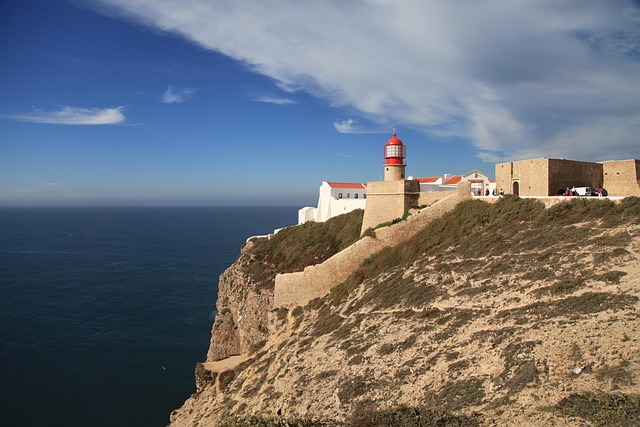
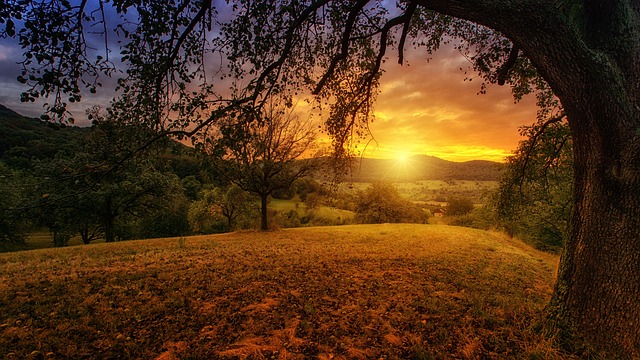
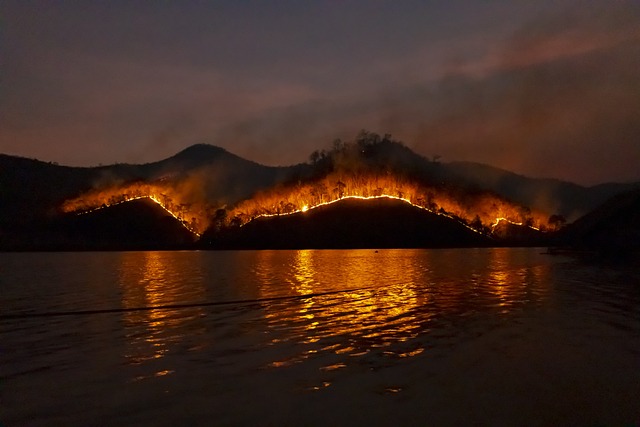
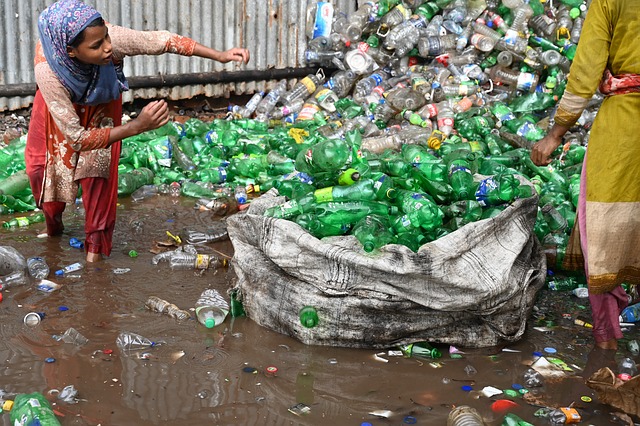
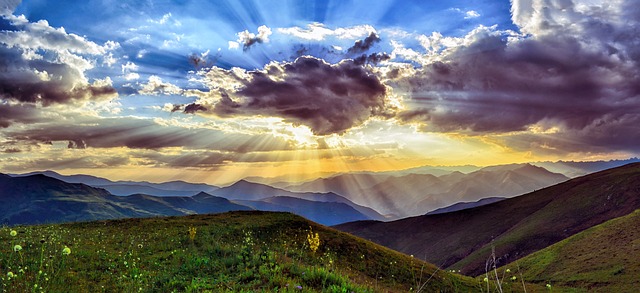


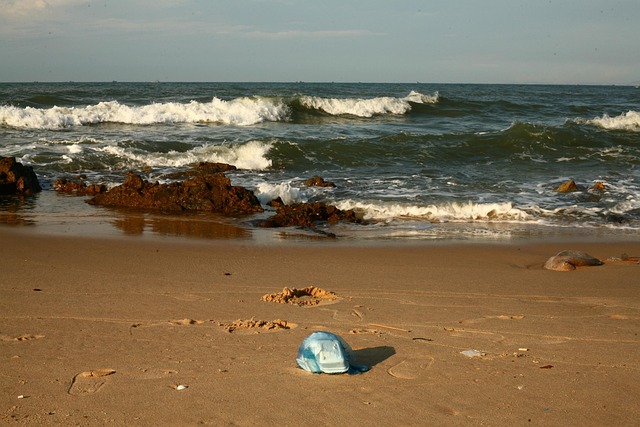
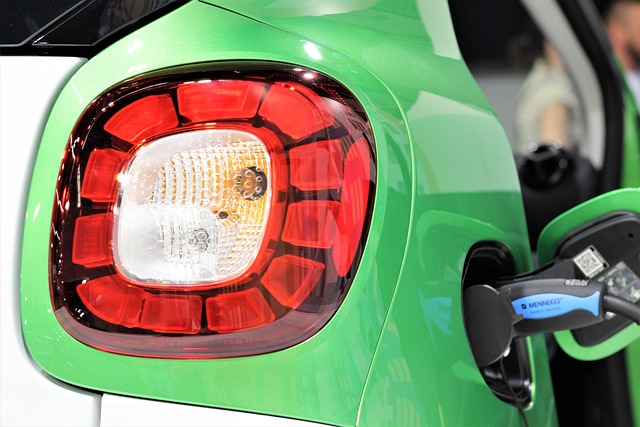
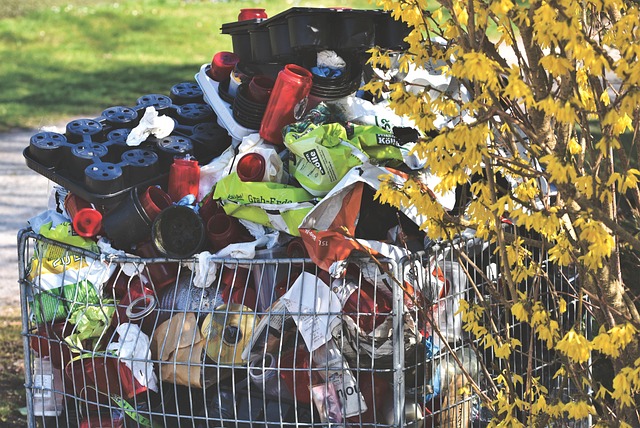
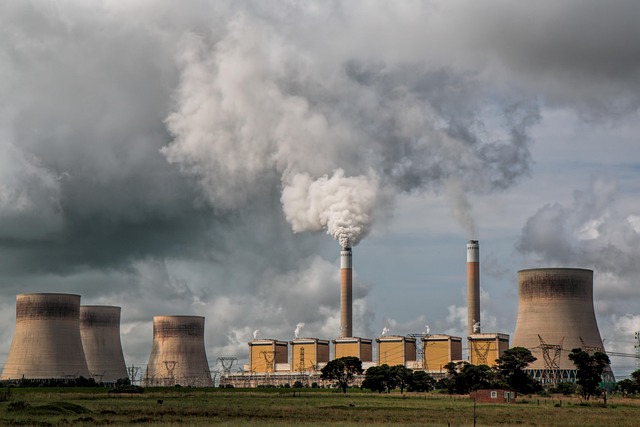
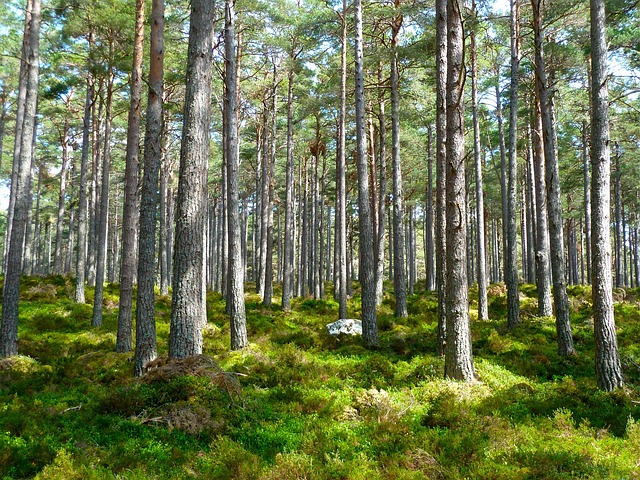
 প্যারিস চুক্তির প্রেক্ষাপট
প্যারিস চুক্তির প্রেক্ষাপট 
 Health
Health  Fitness
Fitness  Lifestyle
Lifestyle  Tech
Tech  Travel
Travel  Food
Food  Education
Education  Parenting
Parenting  Career & Work
Career & Work  Hobbies
Hobbies  Wellness
Wellness  Beauty
Beauty  Cars
Cars  Art
Art  Science
Science  Culture
Culture  Books
Books  Music
Music  Movies
Movies  Gaming
Gaming  Sports
Sports  Nature
Nature  Home & Garden
Home & Garden  Business & Finance
Business & Finance  Relationships
Relationships  Pets
Pets  Shopping
Shopping  Mindset & Inspiration
Mindset & Inspiration  Environment
Environment  Gadgets
Gadgets  Politics
Politics 